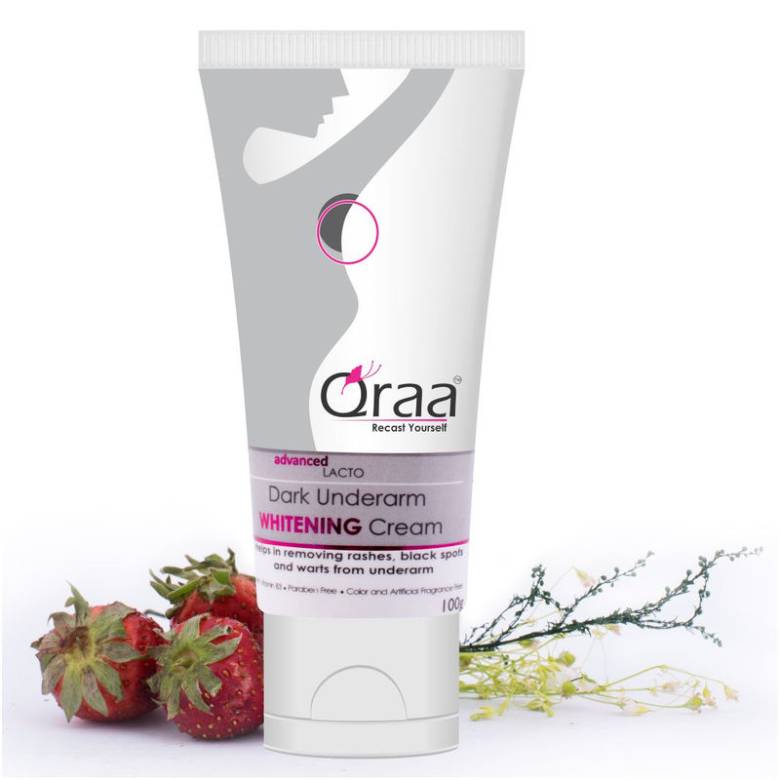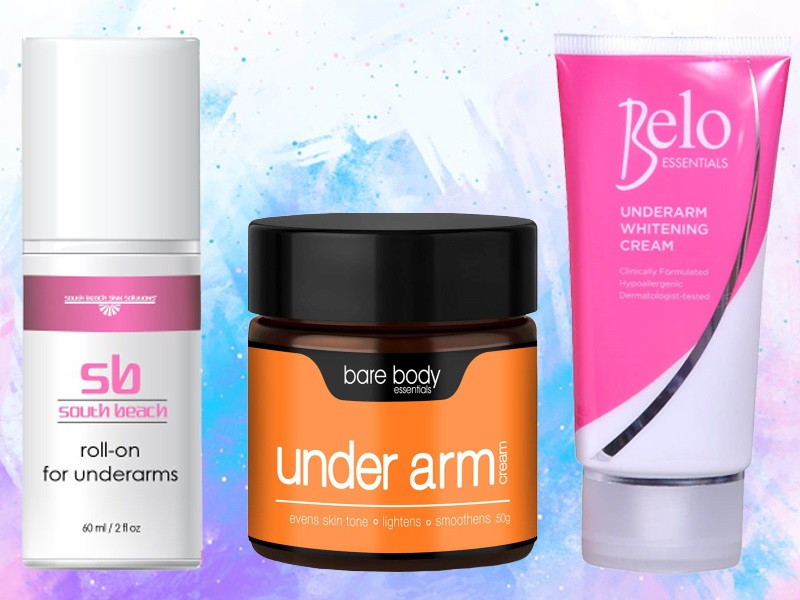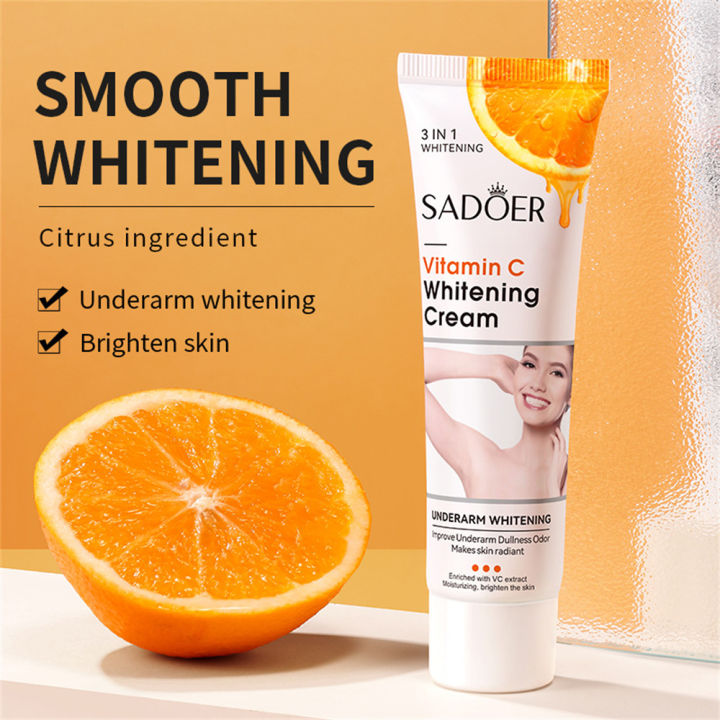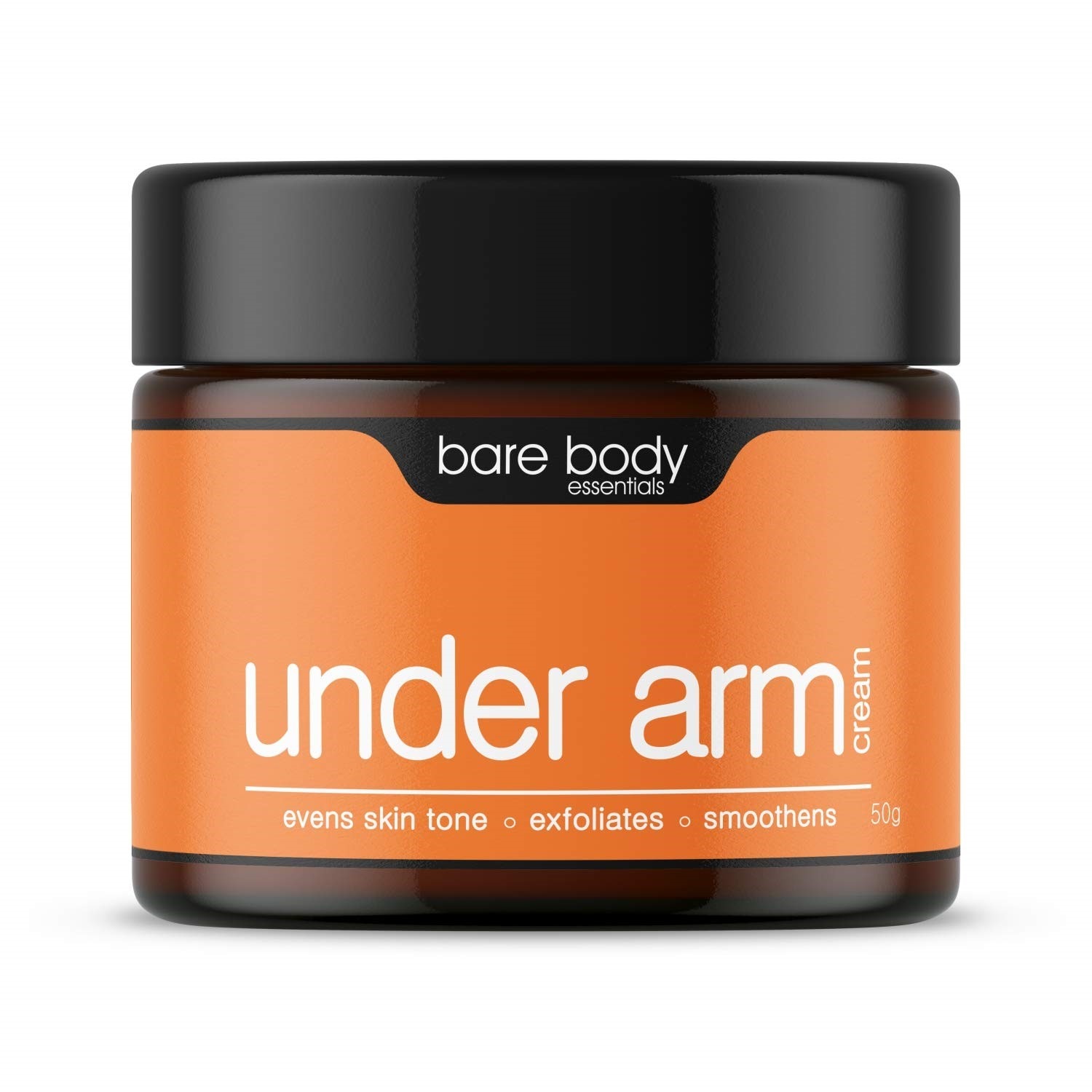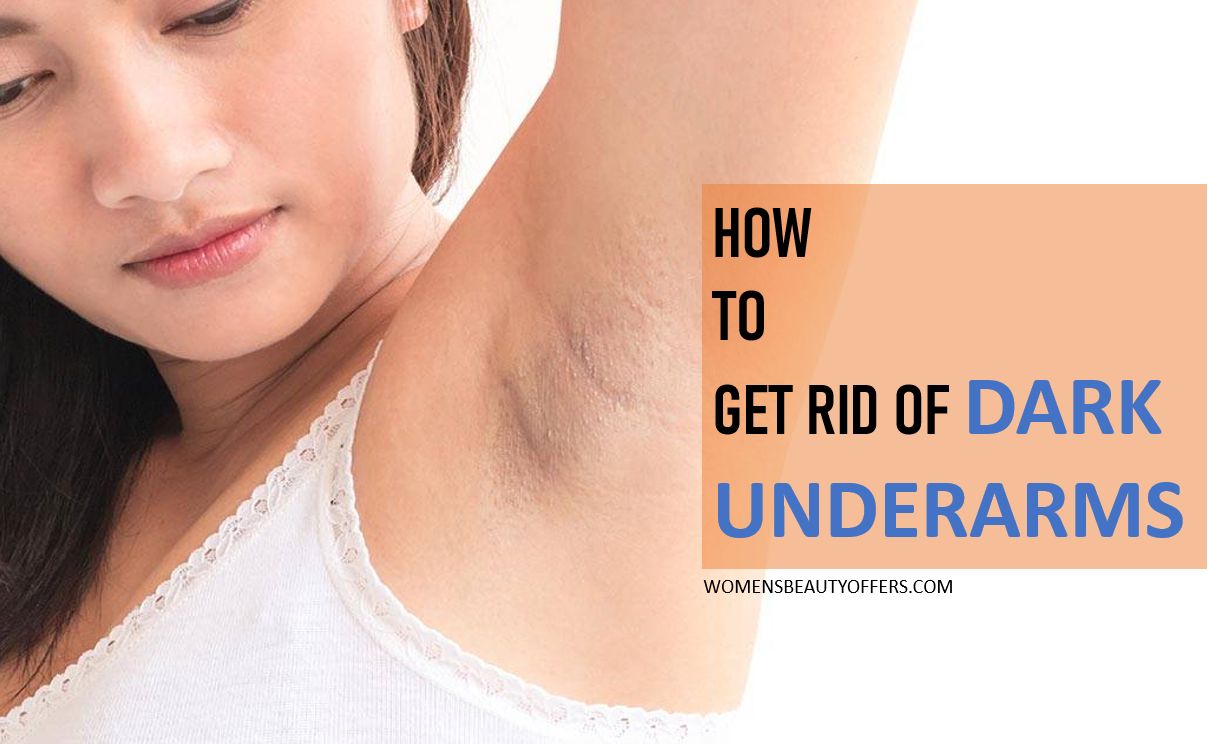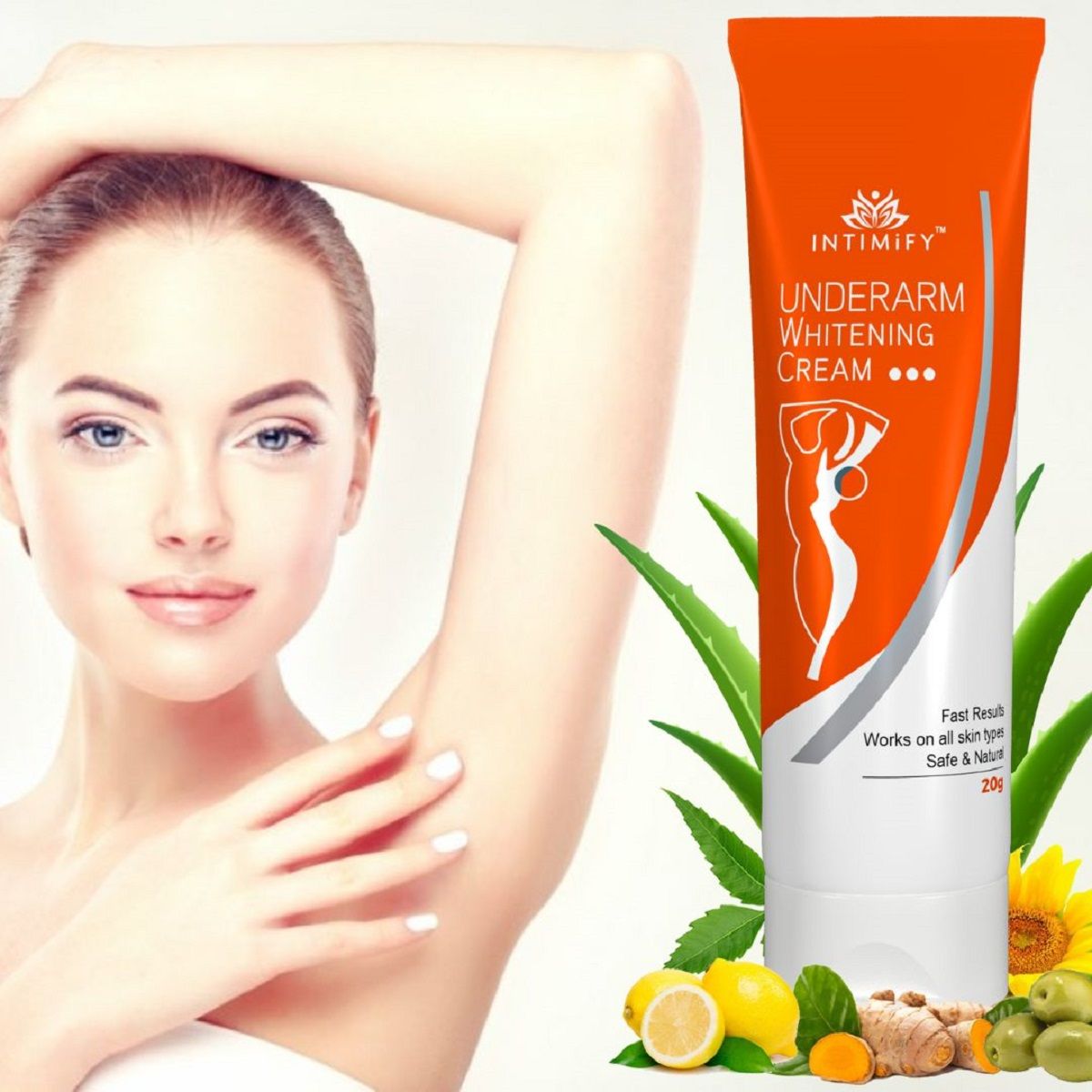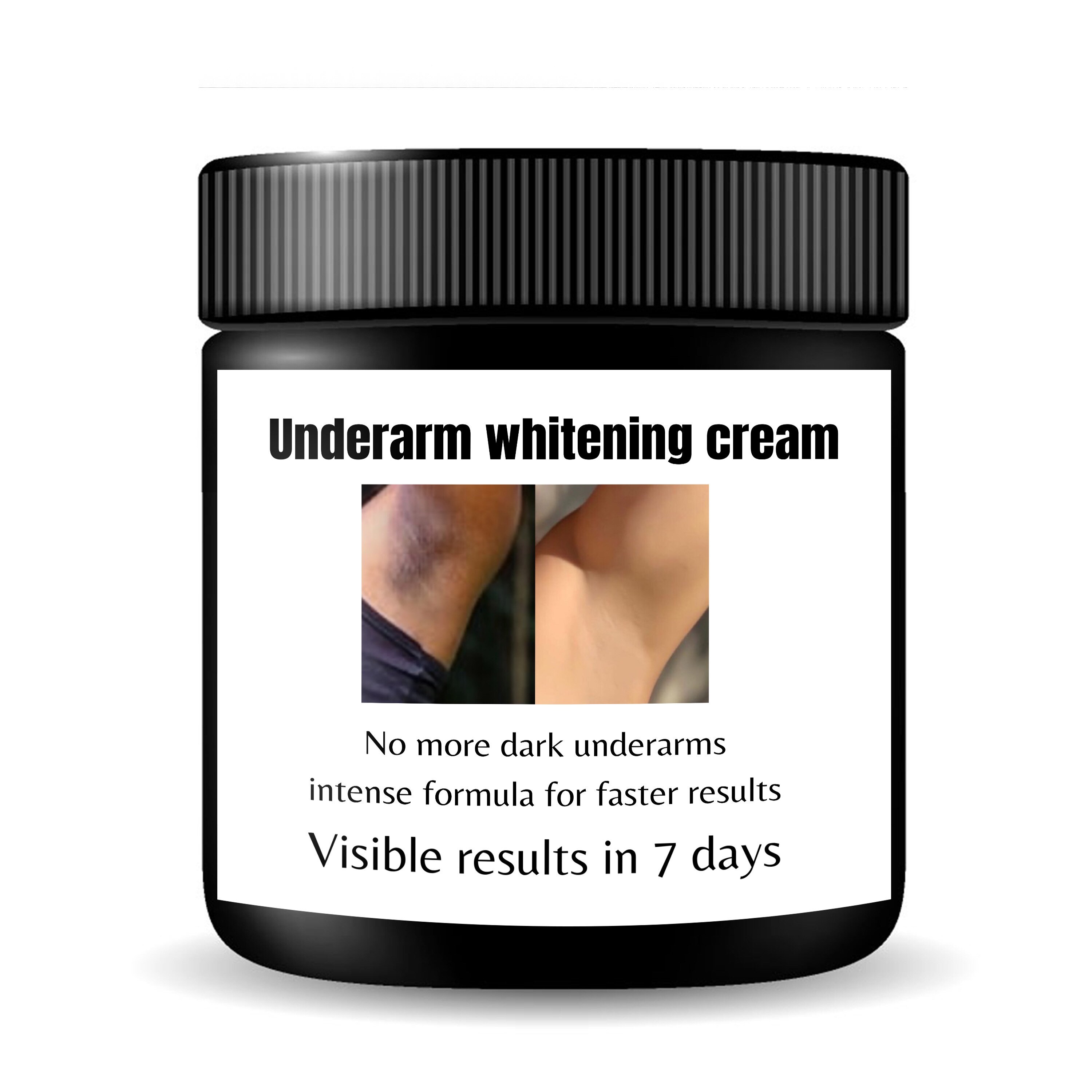Best Cream To Whiten Dark Underarms

The quest for solutions to dark underarms, a common cosmetic concern, has fueled a growing market for whitening creams. Consumers are constantly searching for effective and safe products to address this issue, leading to an influx of options with varying ingredients and claims.
This article explores the landscape of underarm whitening creams, examining key ingredients, potential benefits and risks, and expert opinions on their efficacy. It aims to provide consumers with an informed perspective on navigating this market and making responsible choices.
Understanding Dark Underarms
Dark underarms, also known as axillary hyperpigmentation, can result from a variety of factors.
These include shaving, friction, hormonal changes, genetics, certain medical conditions like acanthosis nigricans, and the use of certain deodorants or antiperspirants.
Determining the underlying cause is crucial for selecting the appropriate treatment approach.
Key Ingredients in Whitening Creams
Many underarm whitening creams contain ingredients aimed at reducing melanin production, the pigment responsible for skin color.
Common ingredients include: Hydroquinone, a powerful bleaching agent, often available by prescription and subject to regulations due to potential side effects.
Kojic Acid, a natural ingredient derived from fungi, known for its melanin-inhibiting properties.
Arbutin, another naturally derived ingredient, extracted from bearberry plants, also inhibits melanin production.
Niacinamide (Vitamin B3), which can improve skin tone and reduce hyperpigmentation.
Alpha Hydroxy Acids (AHAs) like glycolic and lactic acid, exfoliate the skin and promote cell turnover.
Efficacy and Safety: Expert Opinions
Dermatologists emphasize the importance of consulting with a professional before using any whitening cream, particularly those containing hydroquinone.
Dr. Anya Sharma, a board-certified dermatologist, stated, "Self-treating with potent ingredients without proper guidance can lead to irritation, allergic reactions, or even worsen the condition."
Studies have shown varying degrees of efficacy for different ingredients.
According to the Journal of the American Academy of Dermatology, hydroquinone is generally considered the most effective topical treatment for hyperpigmentation, but its use should be carefully monitored.
Other ingredients, like kojic acid and arbutin, may be less potent but are often considered safer alternatives.
Potential Risks and Side Effects
Whitening creams, especially those containing strong bleaching agents, can pose potential risks.
Common side effects include skin irritation, redness, dryness, and allergic reactions.
Prolonged use of hydroquinone has been linked to ochronosis, a permanent skin discoloration.
Some ingredients, like kojic acid, may increase the skin's sensitivity to sunlight, necessitating the use of sunscreen.
Navigating the Market: What to Consider
When choosing an underarm whitening cream, consumers should prioritize safety and efficacy.
Reading product labels carefully and researching ingredients is crucial.
Opting for products with lower concentrations of active ingredients or those with natural alternatives may be a safer approach.
Dr. Ben Carter, a cosmetic chemist, advises, "Look for products that have undergone clinical testing and are formulated with moisturizing agents to minimize irritation."
Alternative Approaches
Beyond creams, other options exist for addressing dark underarms.
Laser treatments and chemical peels, performed by qualified professionals, can offer more dramatic results.
Lifestyle changes, such as switching to a gentler deodorant or avoiding tight clothing, can also help prevent further darkening.
Conclusion
While underarm whitening creams can be a viable option for addressing hyperpigmentation, it's essential to approach them with caution and informed decision-making.
Consulting with a dermatologist, understanding ingredient safety profiles, and considering alternative approaches are crucial steps in achieving desired results while minimizing potential risks.
Ultimately, the best approach is one that prioritizes skin health and long-term well-being.
